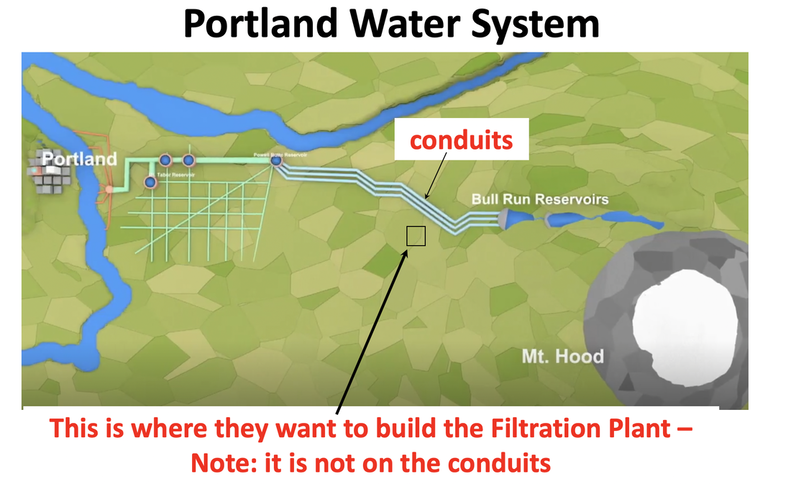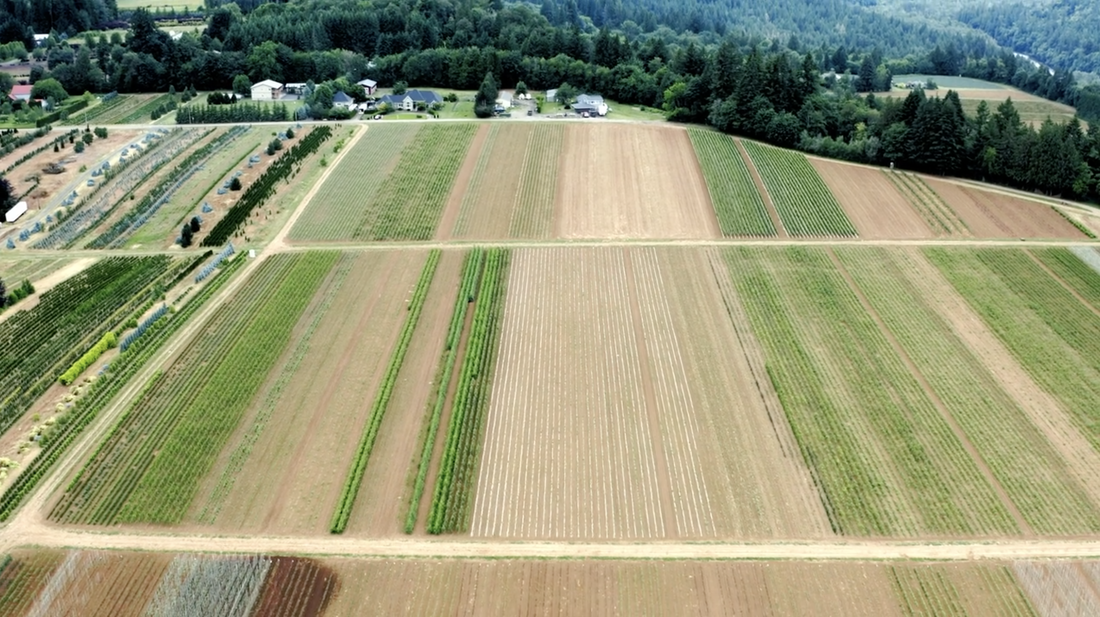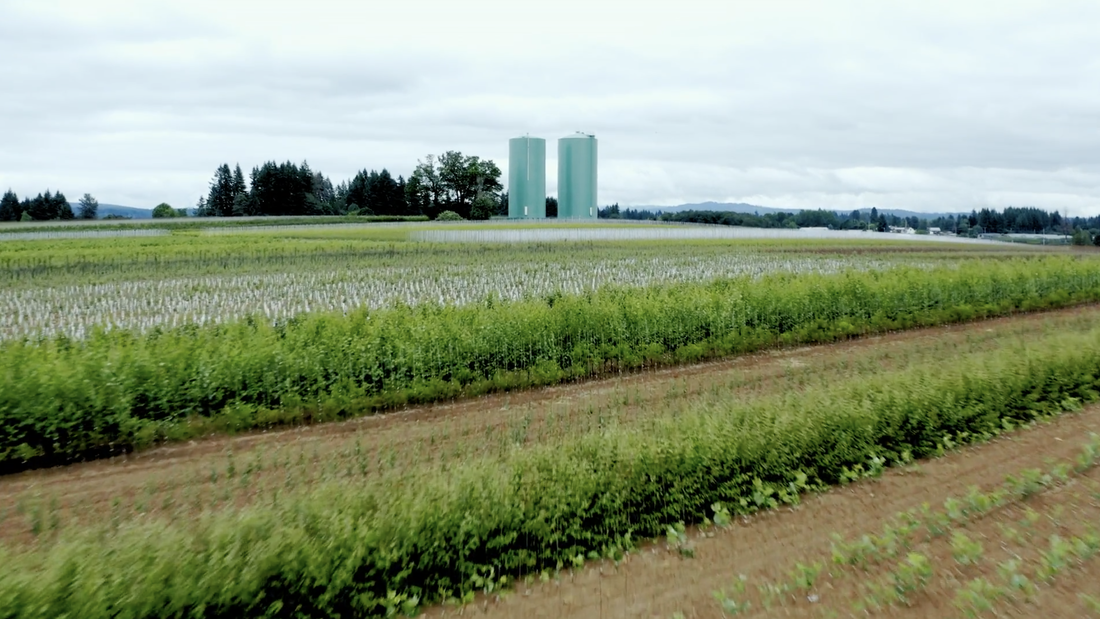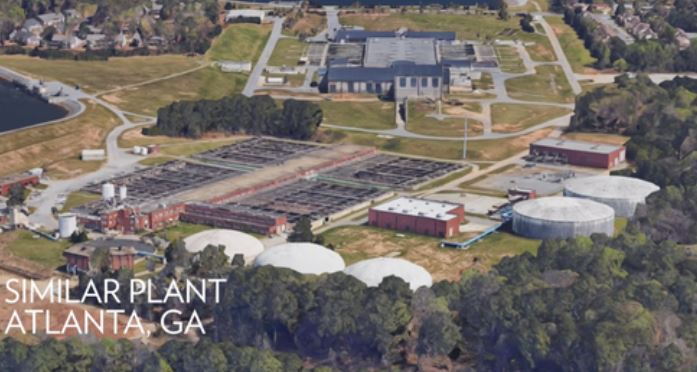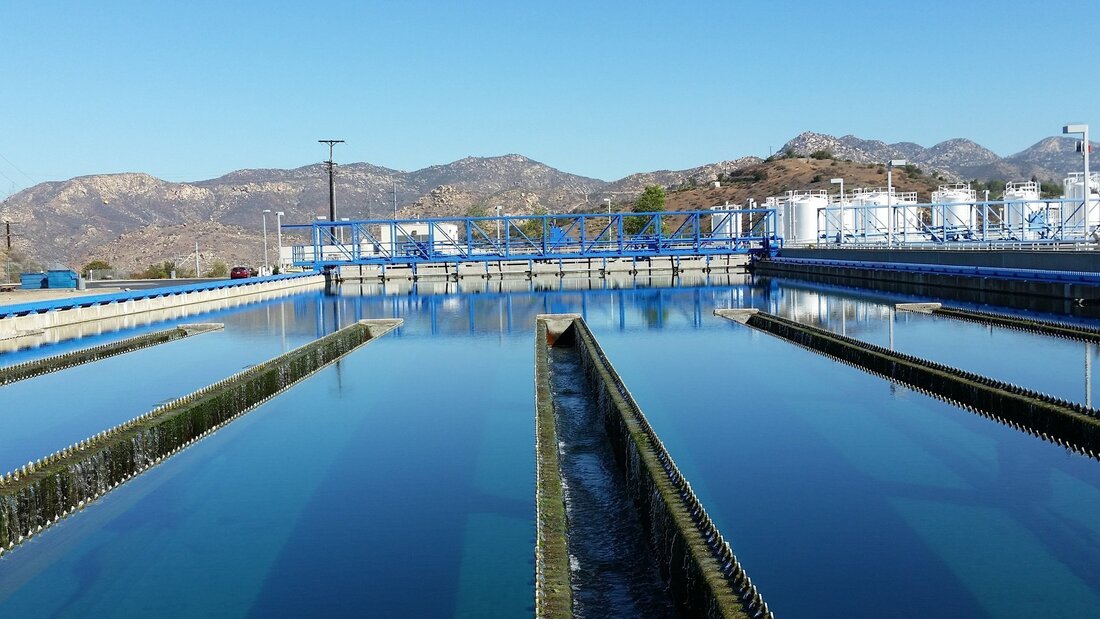What Filtration Looks Like
|
The Portland Water Bureau (PWB) is rapidly moving forward with their plan to build a water filtration facility on a 100 acre site of current productive farmland. This site, which is zoned agricultural, is not inline with the existing pipeline conduits. The additional pipelines are why the PWB had to come back with a $200 million cost increase in 2019.
Among the many downsides of the PWB's pursuit of a filtration plant is the destruction of farmland, increasing the use of many additional (12 to date!) chemicals, and the tremendous increases in costs. There will also be substantial CO2 and diesel emissions as a result of the prolonged construction phase. There will continue to be a steady state of emissions as trucks haul chemicals and waste to and from the facility. |
Therefore additional pipes will need to be laid in order to connect the new plant with the existing pipeline.
|
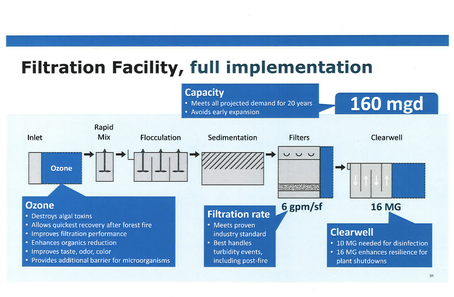
While PWB emphasizes the filtration portion of the facility, they neglect to describe the huge quantities of chemicals needed to make it work.
While PWB emphasizes the filtration portion of the facility, they neglect to describe the huge quantities of chemicals needed to make it work.
Now vs. With Site
|
Zoned agricultural and currently farmed with nursery stock.
|
Helix Water Treatment Facility, San Diego
106 Million Gallons per Day |

